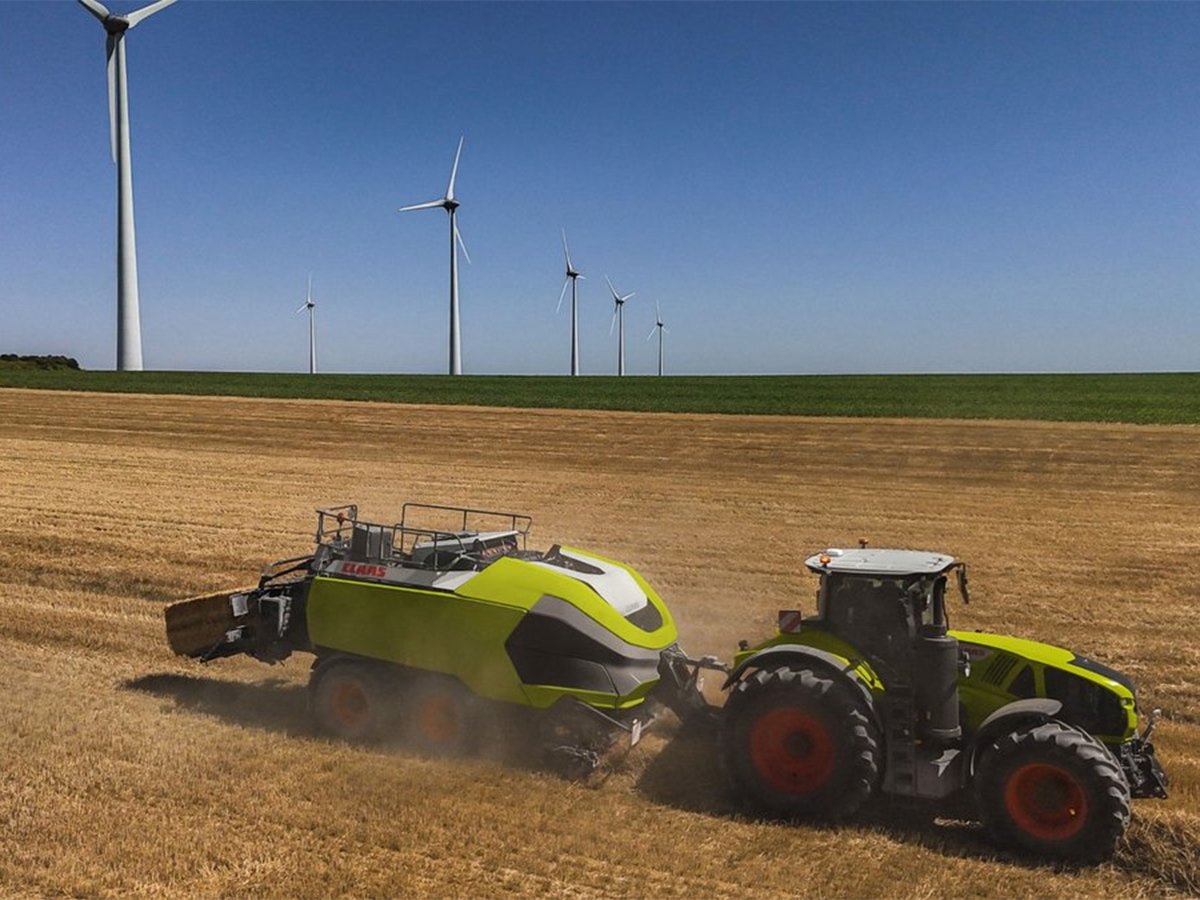CLARESHOLM, Alta. – Most Alberta pastures are late this year because of cold weather and half the normal precipitation.
For many regions, no decent rain has fallen in a year and eight municipalities in northeastern and central Alberta have declared themselves agriculture disaster areas: the municipal districts of Wainwright, Provost and Bonnyville and the counties of Minburn, Camrose, Vermilion River, Smoky Lake and Paintearth.
Pasture and crop damage is evident in the Municipal District of Willow Creek in the Claresholm area, agriculture fieldman Ron McKay said during a drought meeting in Claresholm June 16, although not as bad as what can be found further north and east of the district.
Read Also

Machinery automation runs through 2025 Agritechnica innovation awards
Computer vision and AI processing for farm machinery show up many times in Agritechnica’s 2025 innovation award winners.
Many pastures started to lose moisture last August and September and producers should start looking now for hay and silage and consider the possibility of selling calves earlier. However, McKay said producers also need to check whether feedlots are prepared to take calves sooner.
Alberta Agriculture forage specialist Grant Lastiwka said dry conditions call for more diligent range management.
“A really well managed pasture can be resilient and compensate in degrees.”
He said 80 percent of grass growth has occurred by mid-July. Turning cattle out one day too early in the spring loses three days in the fall.
“What we get for moisture in July does not at all make up for what never came sooner,” he said.
Good pasture management begins with a grazing plan early in the season and should include drought as a possibility. Grazing plans, stocking rates, recovery periods and use rates all play a role in range’s ability withstand drought.
Forage yields in an area that receives only 50 percent of its normal rainfall could be 75 percent of normal if a pasture has been well managed in the past.
Producers should start with a grazing plan to calculate how much forage exists and how many days of grazing are available compared to the number of cattle to be turned out.
They need to start making adjustments immediately, Lastiwka said.
“We can do a lot with pastures as long as we grow half and leave half,” he said.
“When plants hit the three and a half leaf stage, you can do something with them and you do not have so much of a negative effect.”
Research has shown grazing 45 percent of the plant will not hurt the roots of many species. A drought can challenge a plant to send roots down further seeking water in the sub moisture zone.
“Take half and leave half remains a very gentle approach to managing a plant,” he said.
Graze off 70 percent of the plant and 75 percent of the root system could be lost.
However, a pasture will not come back this year if cows are turned out on an overgrazed paddock during a drought.
For detailed grazing tips, visit www.foragebeef.ca.
To see Alberta’s soil moisture reserves, visit www1.agric.gov.ab.ca/$department/deptdocs.nsf/all/dis12707/$FILE/fig6.gif.















